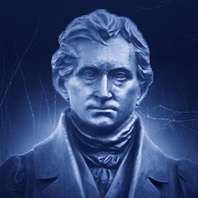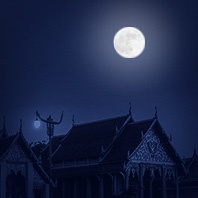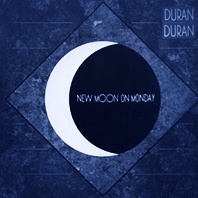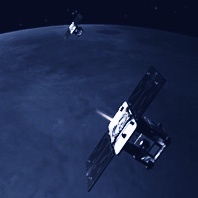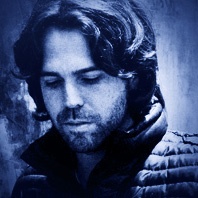Sir Charles Spencer Chaplin (1889–1977) is considered one of the first movie stars ever and made film history with his acting and his works. He is also one of the few artists who managed the transition from silent films to sound films.
Because of using archetypal imagery and symbols in his films, it is natural that the moon could also play a part somewhere. We found four references:
Read more
The German poet and novelist Joseph Freiherr von Eichendorff (1788–1857) counts among the foremost representatives of Romanticism. Many of his poems had been set to music and were sung.
Von Eichendorff, born in Ratibor (today Racibórz in Poland), studied originally law and worked in a variety of administrative civil service positions, up until he retired. Simultaneously, he devoted his time to his writing and publishing skills, until he died from pneumonia in 1857.
Read more
The lunar probe »LADEE« (short for: Lunar Atmosphere and Dust Environment Explorer) of the American space agency NASA, launched successfully into space, for further exploration of the Moon. A probe is an unmanned flying object, which can fly through space or circle orbs and thereby sends data to Earth via radio.
Read more
We have been pondering about, whether a banknote does exist with a depiction of the Moon. Thanks to Google, we found something and discovered a variety of examples from different countries – with popular and less well known currencies. On the left you can see a detail of a Swiss 10 francs note, which depicts our solar system with several planets, amongst them also our Earth and its Moon.
Read more
Even though the title of this article may suggest it, the following is not about James Bond, the famous secret agent of Her Majesty, but about another legend, which supposedly happened in Wiltshire in southern England.
A gang of alcohol smugglers tried to hide barrels in a pond of a village from the eyes of the official custom officers. When they were caught by them one night at the shore and were asked to explain themselves, the smugglers tried to rake the surface of the water in order to make the view onto the barrels more difficult. They then claimed that they were trying to fish a round cheese out of the pond and pointed at the reflection of the full moon in the water. The officers thought them to be insane and simply granted them to continue as pleased.
Read more
In German we call the weeks after the wedding »Flitterwochen«, which has really no relevance to the moon. In many languages it is referred to as »honey moon«, which derives from »honey month« and therefore denotes a specific time with particular sweetness after the wedding. However, not always has the connection to the moon been interpreted positively, because one saw in the waning of the Moon the symbol of the decline of attraction that the happy couple would experience during the course of years after the wedding.
Read more
Māgha Pūjā is an important Buddhist holiday that is celebrated in Thailand, Laos, Cambodia, and Sri Lanka, on the day of the full moon, in the third month of the Thai moon calendar, in February/March. The word Māgha refers to month and Pūjā is the honoring. Legend has it that on this day 1,250 monks congregated to meet with Buddha.
Read more
Moonlight is with only 1 lux brightness a thousand times weaker than the sun light with more than 100,000 lux. Nevertheless, you sometimes get the feeling that it is so bright in the full moon that you should be able to read. We would like to give this a try and invite all full moon friends to start on a small reading test in the full moon light and to report back the results.
Read more
In 1984, the song »New Moon on Monday« was released by the British music group Duran Duran. This was deep in the 80’s, when men and women artistically draped their hair and wore gear that makes you chuckle looking at them from today’s perspective. The ambitious music video tells the plot of an underground rebel group called »La Luna«, who fight against a military regime, and who call upon the power of the Moon to help them. Back then, this was shot in the French village Noyers with great efforts during winter temperatures.
Read more
A probe is an unmanned flying object, which explores space. Different to a satellite, a probe does not circle the Earth but flies to other celestial bodies, which they circle, too, but are then called orbiters. Two of these probes have been on the way to the Moon since 10th September 2011, to take measurements with unprecedented accuracy. The GRAIL lunar probes have reached the orbit of the Moon as planned, at the turn of the year 2011/12 and are now currently at work, until they will shatter on the Moon’s surface. In the meantime, they will have transmitted lots of data back to Earth.
Read more
Peter Bradley Adams is an American singer-songwriter, who has managed amid the flood of commercial songs and loud beats, to tell his own story – with a warm voice and quiet sounds.
His song “Full Moon Song” from 2011 is one of those stories. According to his own statement, this song came to fruition after a short stay in prison (from which he did not break out as stated in the lyrics, but was released on bail). He talks about freedom that now becomes significant to him and makes a new life possible. He wants to see the world through the eyes of a child and experience love without fear of losing something.
Read more

